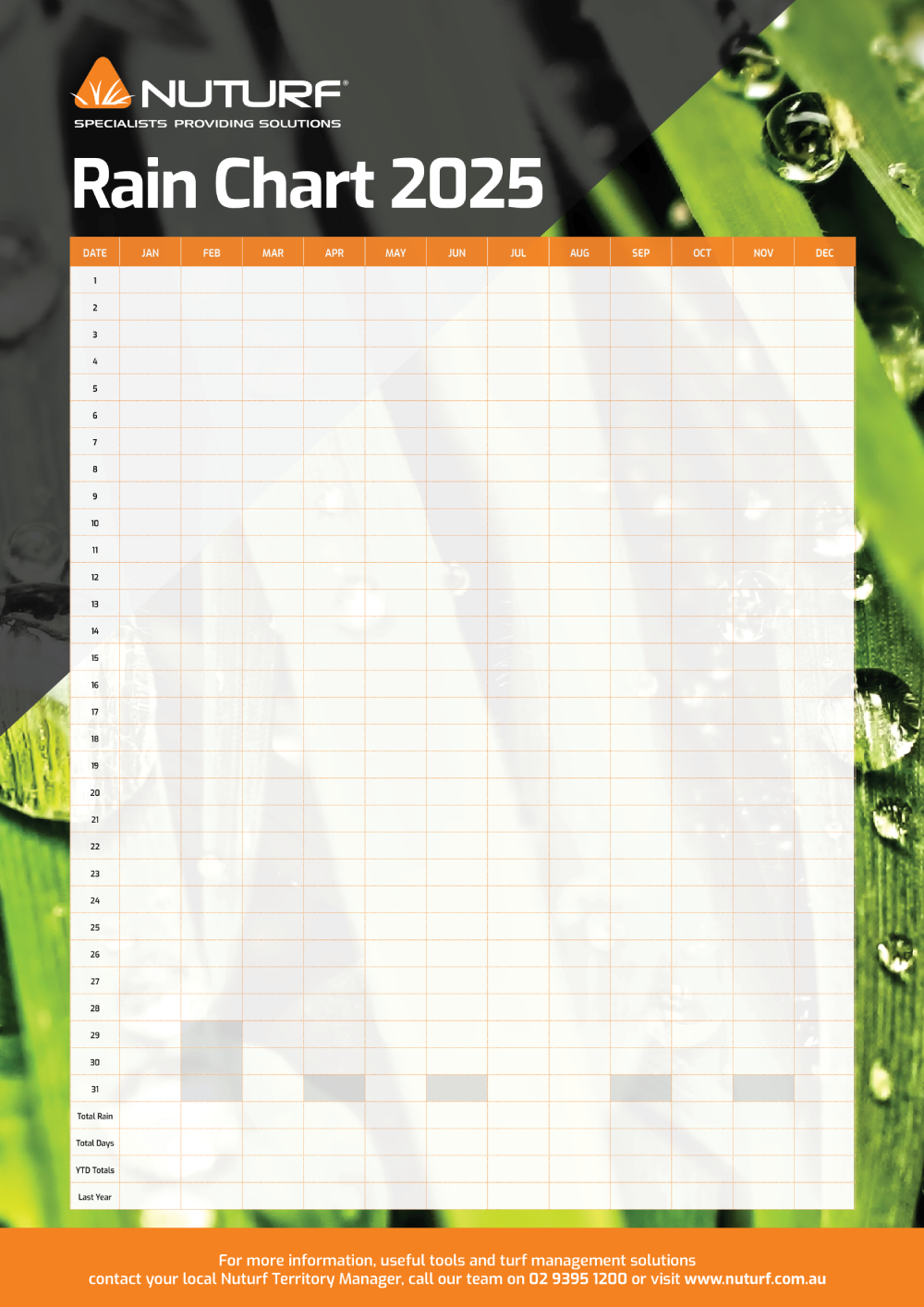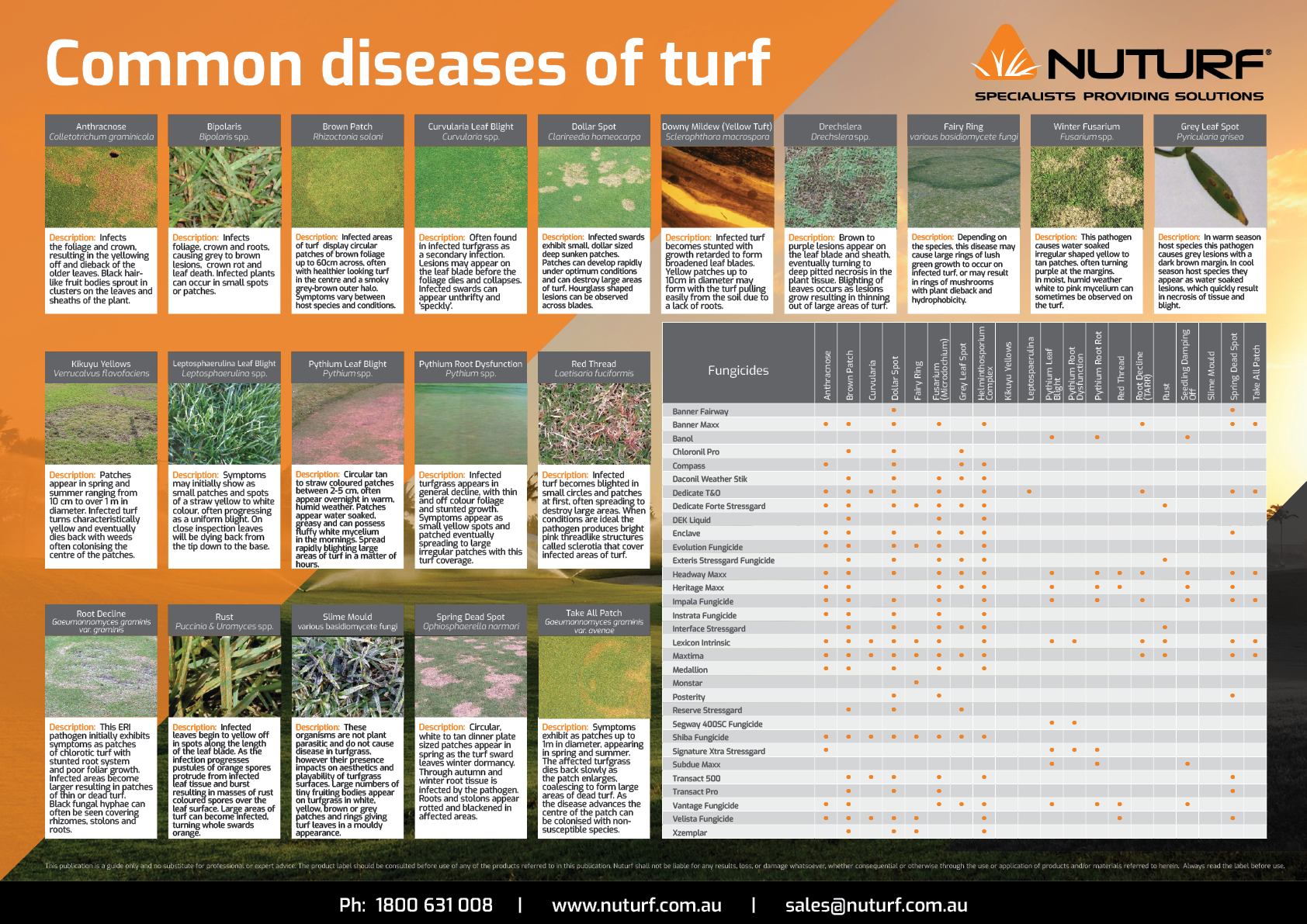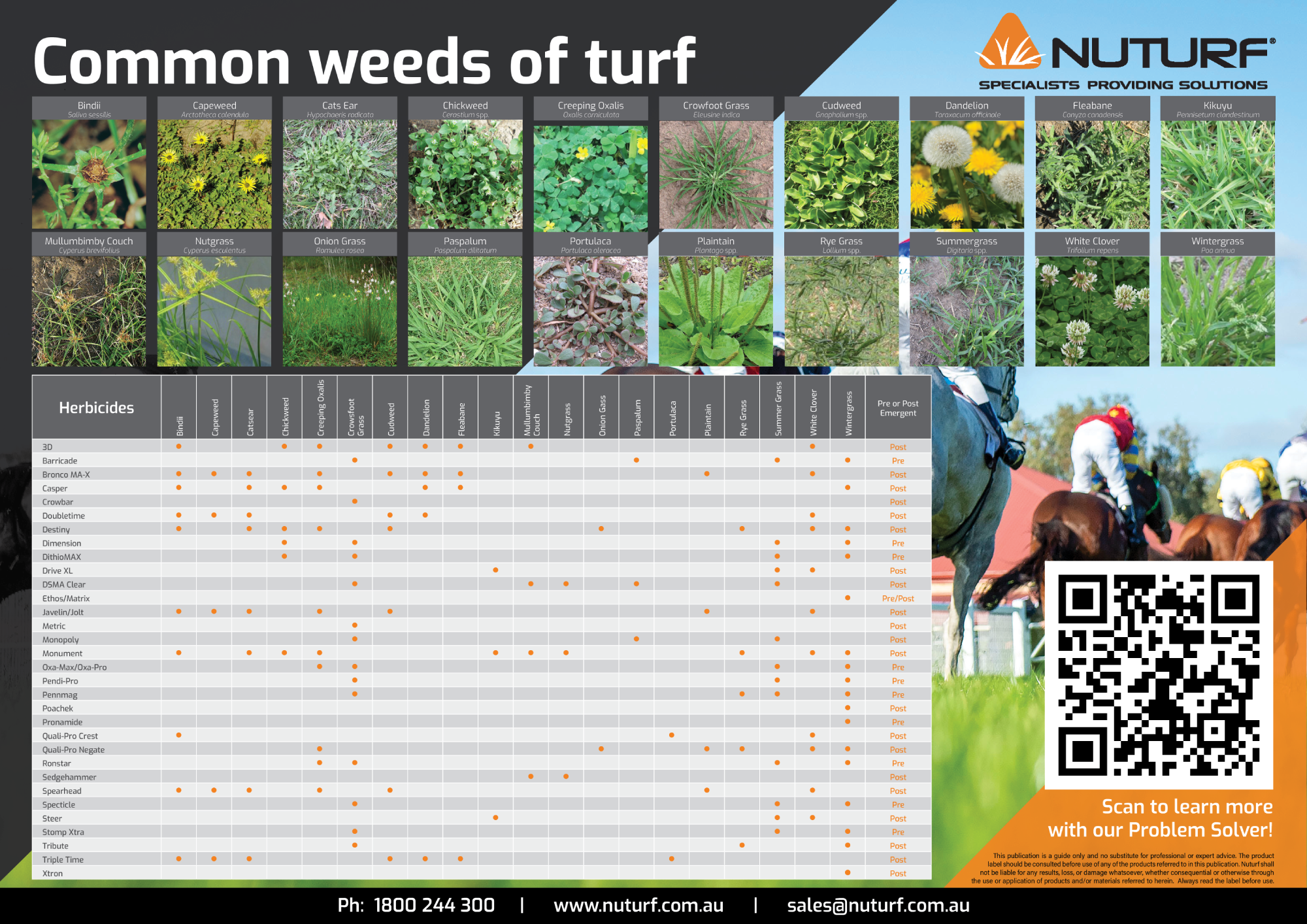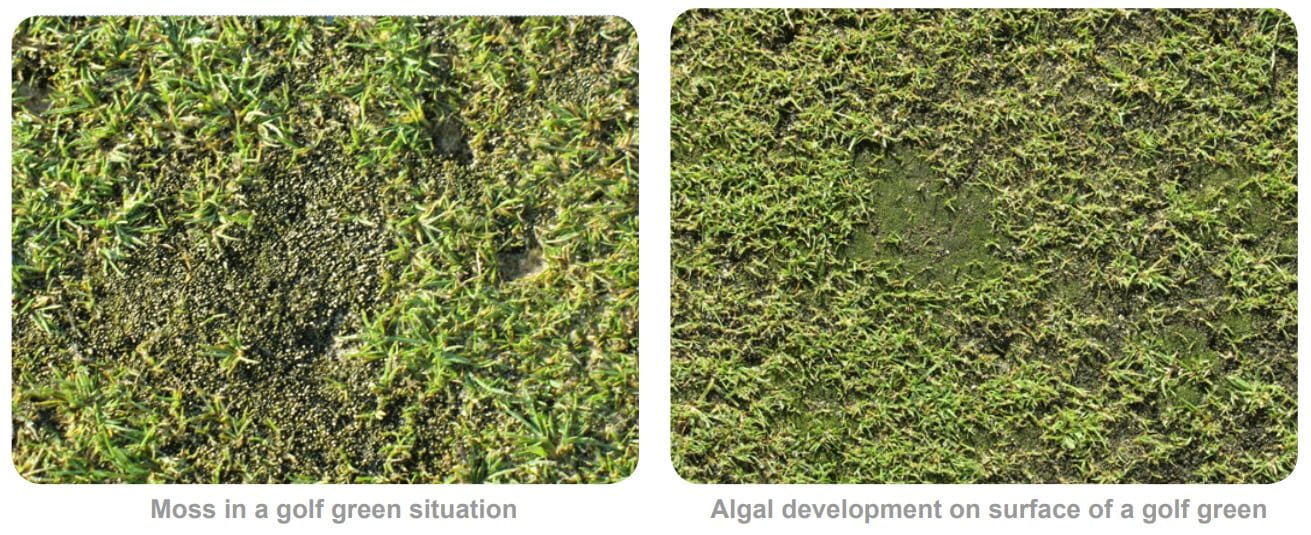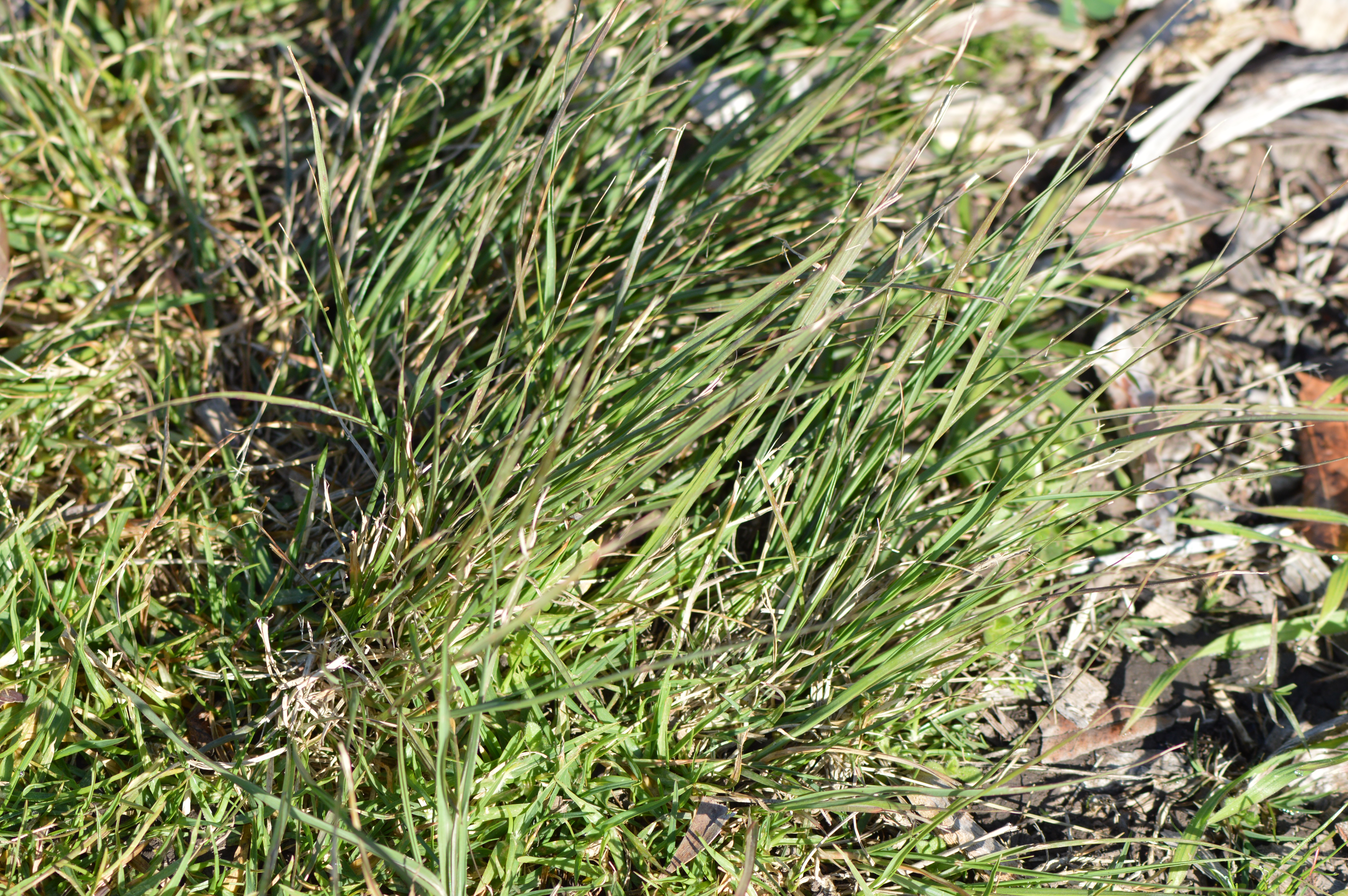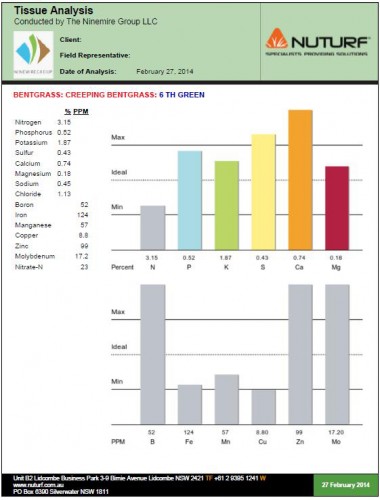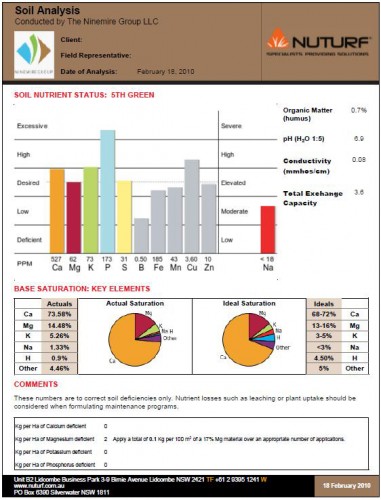How to Plan a Pre-Emergent Herbicide Strategy
How to Plan a Pre-Emergent Herbicide Strategy
When planning a pre emergent herbicide strategy for warm season turf is it important there is a clear understanding of what level of cover the turf currently has, therefore what level of recovery is required during spring, and finally based on the first two what products and application approach are most appropriate given the weed species you have identified as needing management. Whilst a basic plan can act as a starting template, it is critical the plan is further customized to address site specific needs and prevailing environmental conditions – and any renovation practices that will be conducted during the spring green up period.
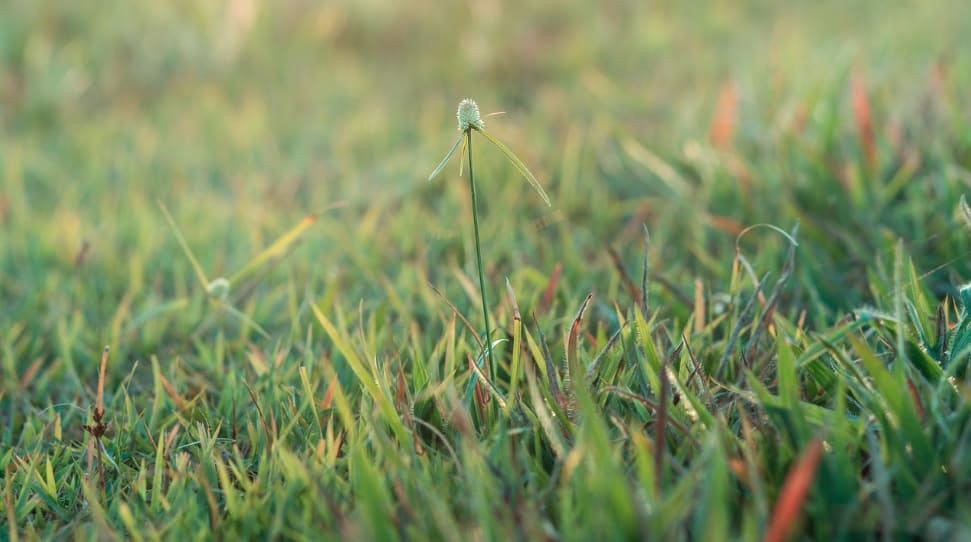
What condition is your turf in?
Be very honest with your answer here as everything that follows can either be helpful or harmful. Is the amount of recovery needed after winter substantial or minor? Will you be conducting a major renovation or giving the surface a light tickle in spring? If your surface has thinned, is there a strong root system (depth and density) to support the generation of above ground growth or is the root system sparse and vulnerable and needs as much developing as the above ground canopy? Why are these important considerations? Simply because the chemical options available have different behaviours and characteristics and understanding these can greatly assist in obtaining the desired recovery sooner.
The Group D’s know their attributes
The Group D herbicides are strongly represented in the turf managers tool box for pre emergent weed management. Pertinent examples are prodiamine (Barricade), dithiopyr (Dimension) and oryzalin (Embargo). Each has proven to be quite reliable and predictable in what they offer, a very useful combination. They all have a common trait though of needing to produce a ‘chemical band’ high in a soil profile where it can impact developing root tips of germinating weed seeds. For these selectivity is a function of product placement – not selective chemistry. Therefore turf in poor health, with an under developed root system trying to generate feeder roots high in the soil profile may be impacted the same as a newly germinated weed seed. However, an established turf with a strong and dense root system where the majority of root mass sits below the ‘band’ will be largely unaffected and rejuvenation through spring will have little or no impediments. Is your turf the former or the latter?
Whilst the Group D team have dominated the pre emergent market for some time, there is a more recent addition with a different mode of action - Indaziflam (Specticle). Indaziflam is assigned to Group O with the mode of action of inhibiting crystalline cellulose deposition in the plant cell wall, affecting cell wall formation, cell elongation and division. With herbicide resistance an ever-present threat the rotation of the Group D options with an option like Specticle (Group O) is a sound practice. Whilst having some similarities to group D’s and the net effects being very similar, the biochemical differences make this a genuine rotation partner. Longevity of performance can be a useful attribute of Specticle. When used in tandem with rate variations of the Group D’s a variety of scheduling platforms can potentially be adopted.
The complementary chemistries that greatly assist sportsfield recovery
In the world of sportsfield management it is common to concurrently confront winter wear leaving a thin surface at the start of spring and needing to conduct renovations to reinvigorate and rejuvenate the surface. A good strategy here is to adopt a two-window approach. i.e. a defined pre renovation weed management option and a post renovation option with the attributes of each option quite different reflecting the objectives of the season. Fortunately we now have the tools to do this rather well.
Metolachlor and S-Metolachlor are herbicides from Group K. They act predominantly through coleoptile (juvenile shoot) absorption. This is clearly different to the Group D’s and Group O’s. They do sit in the soil as a chemical zone like the D’s and O’s but generally in a wider depth range as aided by application carrier and follow up rainfall or irrigation. Germinating weed seeds move through this zone and the coleoptile acts as the point of absorption to effect treatment. Like most pre emergent herbicides seed germination is not affected, but seedling emergence is. The net effect for the turf manager remains the same (preventing weed establishment), but this qualifcation is important to accurately convey not just where but when the herbicidal effect is conferred.
The significance in the site of action for Metolachlor is recovering turf will not be adversely impacted and spring green up can occur as per normal. Therefore the product can be applied before renovation offering weed control up to and potentially through the renovation window. A separate exercise can occur post renovation to re-establish a longer term barrier with a group D or Indaziflam. This can carry the surface through the remainder of spring and summer and capitalise on their core attributes of longevity and chemical stability.
If use of a non root pruning, non recovery constraining option is required beyond a defined post renovation window resist the temptation to use metolachlor recurrently and consider a further well tried and tested option such as oxadiazon. This is a Group G herbicide (PPO inhibitor) that works by interfering with precursors that allow chlorophyll to be made. By underming a specific step in a sequence of biochemical reactions the substance impacted at the point of interference accumulates to toxic levels which in the presence of light is a condition that causes weed death. The point of activity and the selectivity of the chemistry ensure desired turf is able to maintain growth and recovery - similar to Metolachlor.
Whilst there are many program sequences that could be adopted, the principle of chemical rotation should be prominent in any plans executed.
How Nuturf can help you
Nuturf stock a suite of chemistries and brands to cater for all your pre emergent needs and preferences. We stock all the major Group D options and can talk you through the characteristics of each to identify best fit for your site. We offer multiple formulations of Metolachlor and stock the newer option Specticle (Indaziflam). We have group D and G options in granular forms and can also offer combinations that include an NPK fertilizer.
We can sit down with you and match a sequence of product use that suits your site, your needs and your budget.


